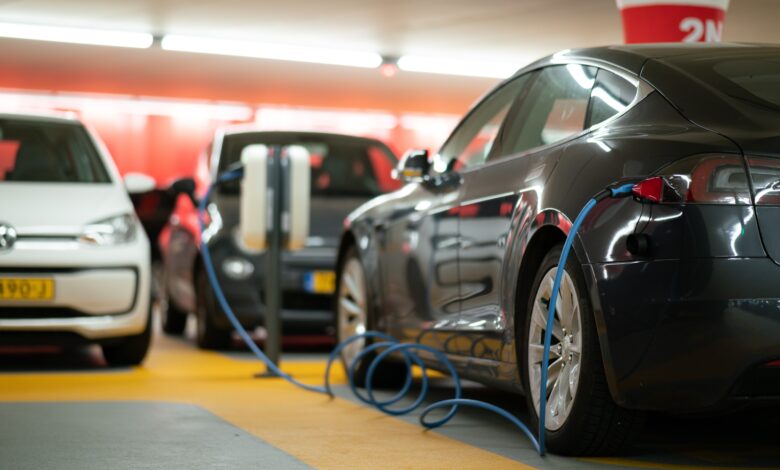The Most Common Problems With Electric Vehicles

Much hype has swirled around electric vehicles (EVs) and how they might save the planet and rescue us all from near-certain doom like some kind of four-wheeled electricity-powered superhero in the making – an overly ambitious expectation. This much hasn’t been lost on automakers, who have been quick to embrace electrification in order to pander to environmentalists, government requirements, and consumers’ willingness to pay a premium for EVs with petrol alternatives.
Despite the many pros, EVs offer zero tailpipe emissions thanks to ditching the internal combustion engine (ICE) for a battery-powered electric motor, instant torque, and a quiet cabin – there’s more than meets the eye when it comes to electric cars.
When people purchase a car, they are usually concerned with how much they will be spending on the new vehicle and whether it can get them from point A to point B. More often than not, EV car owners are more concerned about the vehicle’s battery life and range capabilities.
Did you know that your EV’s battery could be hacked and might even burst into flames? Such incidents have happened in the past where an EV’s battery caught fire or leaked toxic fumes. As an EV driver, you run the risk of such scenarios affecting your everyday experience using your car so it is important to take preventive measures until such time comes when this area of technology has become further developed and outfitted with a robust security system.
Below are some of their most popular drawbacks you should know about if you’re thinking about getting behind the wheel of one:
Range
The biggest worry people tend to have when it comes to electric vehicles has to do with their batteries: specifically, “range anxiety” -the creeping fear that the battery will run out of power before you find a suitable place to recharge it. This is an understandable concern because there are many areas where cities are too big for the current infrastructure of EVs to be able to support long-distance drives.
Nevertheless, in other areas where there is already a well-established infrastructure of charging stations engineers are constantly working on how best they can improve the range of these vehicles – some manufacturers have even suggested their future models could potentially go over 1,800km on a full tank.
Risk of Fire
Manufacturers are attempting to circumvent the issue of thermal runaway by separating batteries into smaller cells with firewalls to prevent them from spreading. Other manufacturers are also building their batteries with less flammable components that produce fewer harmful chemicals.
Whatever EVs you happen to purchase, remember there’s a risk of thermal runaway if it is not maintained properly. It refers to an important rise in temperature that spreads on a more widespread basis. The bigger your EV’s battery or the more battery cells you have, the greater the threat of thermal runaway becomes; therefore, it’s always preferable to know how many electric vehicles you should be charging at once and which charging station is best for what type of vehicle.
Batteries
EV batteries may just be like Goldilocks and the three bears, but if you treat them right they will most definitely not be a little bit o’ sour porridge — but in fact an endearing part of your vehicle for years to come. Extreme heat can speed up the degradation of an EV battery pack, whereas extreme cold can deteriorate performance and negatively affect range.
Because we want clients to feel as comfortable as possible going about their daily business with a heartwarming sense of well-being when using their EV, it is important for our team to advise appropriate storage procedures that ensure the EV remains at temperature equilibrium. The way to do this is by making sure stored EVs are protected from extreme temperatures such as blazing sun or frosty conditions.
Key Takeaway
Electric cars have become the face of climate change action. But to completely negate their environmental footprint, significant additional efforts and innovation are required in emerging sectors, finds a new report from the International Transport Forum (ITF) of the Organization for Economic Cooperation and Development (OECD).
The study points to one bright spot, however: rapidly expanding public charging infrastructure that serves multiple purposes and is helping to cut the otherwise considerable barriers preventing the adoption of electric vehicle technologies. For example, in many neighborhoods and business centers around the world, there is a single socket available for use by an entire household or company.
This kind of access could help significantly slow growth in electricity demand related to transport as well as boost convenience for drivers and car owners.



